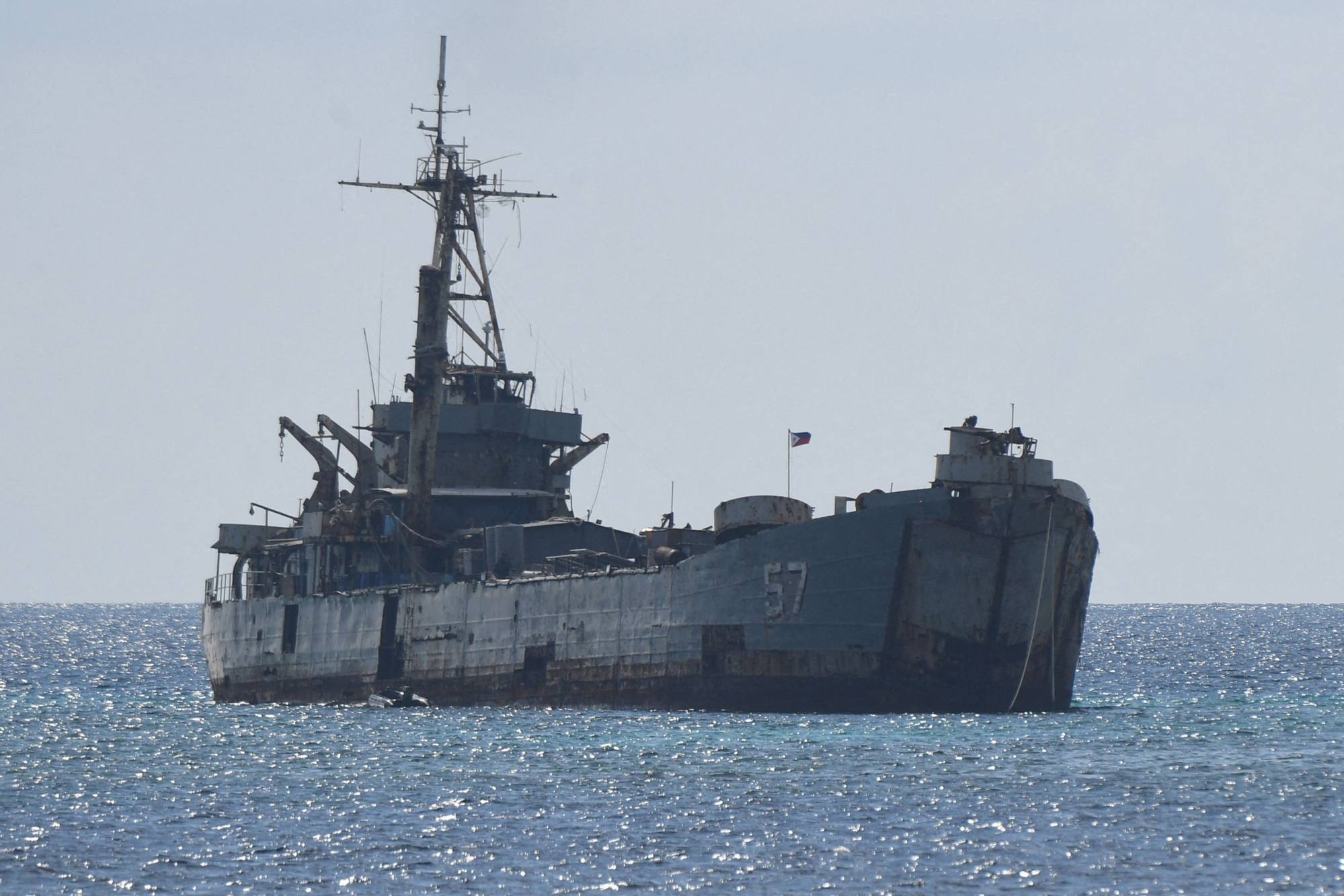
South China Sea: if pushed, would Beijing build a naval outpost on Second Thomas Shoal too?
- The status quo remains unstable but it is unlikely that Manila would add a permanent structure on the disputed reef, or that Beijing would dismantle the beached Philippine warship
- The most probable scenario is that Manila fortifies the deteriorating ship into a permanent outpost and Beijing retaliates by installing its own small fixed facility
The new year has brought no sign of a de-escalation. Since the start of last year, China has noticeably increased its condemnation of the Philippines’ resupply and propaganda activities at Second Thomas Shoal, part of the Spratly Islands.
Meanwhile, dissatisfaction with China’s South China Sea policies and actions seems to be intensifying across various social strata within the Philippines.
Asean is straining to make peace with its recent statement calling for restraint and trust-building; the regional grouping of Southeast Asian nations seems at its wit’s end.
Where will this dispute lead? What new developments might unfold this year? Can China and the Philippines work towards some kind of tacit understanding and ease tensions?

The ship’s presence on the shoal is, in any case, not sustainable as the deteriorating state of the vessel will inevitably lead to its natural collapse – which Beijing presumably hopes will occur without tensions escalating further, thus causing Manila’s military foothold to disappear.
Moreover, Beijing has waited nearly 25 years, and with the possibility of the BRP Sierra Madre disintegrating soon, it may be in no rush to act. There is some uncertainty, however, over whether the Philippines has completed reinforcements and refurbishments inside the crippled warship.
Call for diplomacy with China reveals rift among Philippine business leaders
A third scenario would be a continuation of the status quo, with some new developments. The completion of reinforcements and refurbishments inside the ship would mean Manila’s long-term garrison at Second Thomas Shoal would be unaffected even if the ship’s hull disintegrated.
This would imply that the cat-and-mouse game surrounding the Philippine navy’s supply rotation could become protracted. Beijing might adjust its interception actions against routine resupply missions according to changes in bilateral relations – escalating or relaxing its response.
But this would generally be unfavourable for Beijing, which could be perceived as having lost another reef, adding pressure on policymakers amid a narrative of maintaining the integrity of Chinese territories passed down by ancestors.

The fourth possibility is a continuation and development of the third scenario, where two small military outposts might emerge on Second Thomas Shoal.
Should the Philippines complete a permanent fortification of the BRP Sierra Madre, Beijing might also establish corresponding fixed structures on Second Thomas Shoal based on the principle of reciprocal retaliation.
For now, the probability of Beijing conducting large-scale land reclamation projects on Second Thomas Shoal is low, given the extensive time, cost and international backlash this could well provoke. But constructing fixed installations near the BRP Sierra Madre on Second Thomas Shoal remains within the realms of possibility.
The question, then, is: could the emergence of two military outposts on Second Thomas Shoal bring a certain balance of power to the situation and eventually lead to some stability?
South China Sea: what next after China-Philippines icebreaker phone call?
Second Thomas Shoal may well be a litmus test for the wisdom of decision-makers on both sides and their policy limits, and could be a predictor of the prospects for and direction of the South China Sea issue.
In my view, the chances of a tacit agreement between China and the Philippines in the short term are low, given the limited space for policy concessions in both countries. The most likely outcome could be the fortification of the BRP Sierra Madrea into a stable, permanent military outpost at Second Thomas Shoal, prompting China to rapidly install a small fixed facility there in retaliation.
Zheng Zhihua is an associate professor and head of the East Asia Marine Policy Project, at the Centre for Japanese Studies, Shanghai Jiao Tong University, Shanghai


